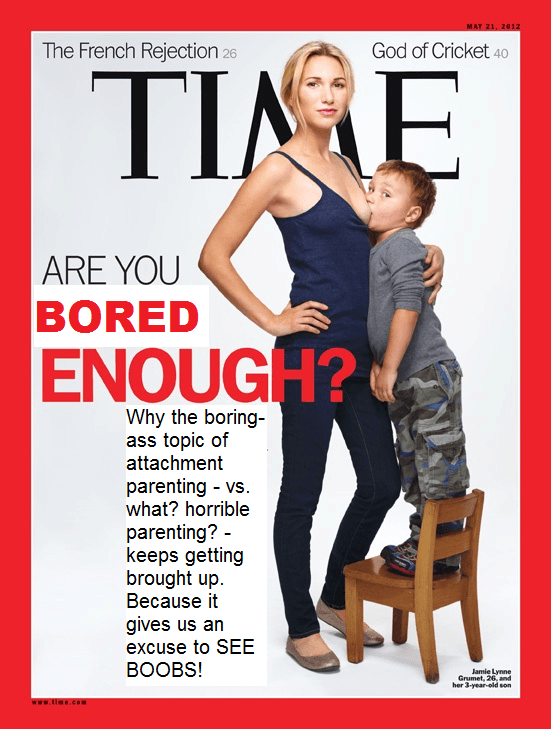Maybe you have heard that nursing can prevent you from getting pregnant again. Perhaps breastfeeding is nature’s method of birth control and child spacing. Is it really true that you won’t conceive again as long as you’re breastfeeding?
Yes it is, explains William Sears, MD, as long as you nurse according to the rules of natural child spacing. The same hormones that make milk also suppress the release of reproductive hormones. Most mothers who breastfeed full-time do not ovulate and do not have menstrual periods. This means that you can’t get pregnant, at least for a while.
But is it reliable?
To get the full benefit of breastfeeding’s effect on fertility, you need to follow the “rules.” In the last ten years, lactation researchers have developed the lactational amenorrhea method of family planning, called LAM. Research shows that LAM’s effectiveness in preventing pregnancy is better than 98 percent, a figure that compares well with artificial methods of birth control. According to LAM, you can rely on breastfeeding for protection from pregnancy under the following conditions:
- Your menstrual cycles have not returned.
- You are not supplementing regularly (bottles) or allowing long periods without breastfeeding, either during the day (more than three hours) or at night (more than six hours).
- You baby is under six months old.
Actually, studies have shown that most mothers who are breastfeeding exclusively remain infertile for more than the six-month period covered by LAM. You will only start ovulating and menstruating when the baby starts to nurse less often and prolactin levels fall.
Extending the Protection
- Practice unrestricted breastfeeding without regard to schedules. Usually six to eight feedings a day will suppress ovulation.
- Don’t train your baby to sleep through the night. The milk-making hormones that suppress ovulation are highest between 1 a.m. and 6 a.m. Nighttime nursing is important to the suppression of fertility. Sleeping with your baby facilitates unrestricted feeding at night.
- All of baby’s sucking should be at the breast, for comfort as well as food. Avoid the use of bottles and pacifiers.
- Delay the introduction of solid foods until age six months or later. Solids should provide additional nutrition, not substitute for breastfeeding.
The key to using breastfeeding to delay the return of fertility is frequency. Because prolactin clears so rapidly from the blood, frequent feedings are necessary to keep it high enough to suppress ovulation. As baby nurses less frequently, prolactin levels fall, reproductive hormones rise, and fertility returns. If you follow these rules, you may enjoy a period of lactation amenorrhea (no menstrual periods) that lasts thirteen to sixteen months. (Research shows an average of 14.5 months without a period following childbirth.) A few mothers will experience a return of menstrual periods by six months, others not until two or three years.
Getting Pregnant Again
Your first period after childbirth is often anovulatory, meaning that it is not preceded by ovulation (the release of an egg), and thus you could not have gotten pregnant before this first period. However, about 5 percent of women do ovulate before having their first period, and the longer you have gone without having periods, the more likely this is to happen. Thus it’s possible to become pregnant while breastfeeding, even if you are not menstruating. Once your periods resume, assume that it is possible for you to get pregnant, and take precautions if necessary.
Your baby’s nursing may continue to affect your fertility even after your periods have returned. If you are nursing an older baby or toddler, and want to get pregnant, you may find this difficult while you are still breastfeeding. Cutting back on breastfeeding a bit, especially at night, can make it possible for you to conceive.
Remember that in addition to providing safe and effective temporary child spacing, LAM provides optimal infant nutrition, enhances immunity, prevents formula-related illness, and physiologically promotes mother-child interaction (La Leche League).
To read about further breastfeeding benefits to mother and baby, please click here!
feature image from here.




